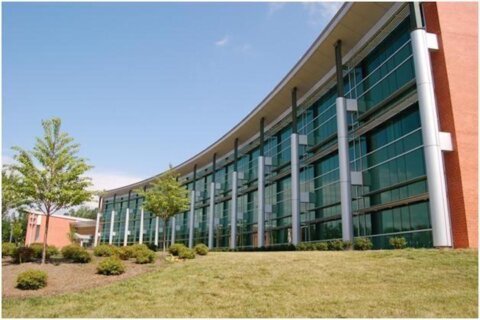While navigating budget-busting drops in ridership due to the COVID-19 pandemic, Virginia’s transit leaders expect changes in commuter behavior with the development of a vaccine and a greater ability to travel safely.
In the annual legislative briefing held virtually by the Northern Virginia Transportation Commission and the Potomac and Rappahannock Transportation Commission, local transit officials shared their priorities with elected leaders.
Democratic senators Tim Kaine and Mark Warner — the latter in a recorded message — expressed optimism that lawmakers would soon pass a COVID-19 relief package. Kaine and Warner reiterated the importance of funding to enable Metro to avoid major service cuts despite its budget shortfalls.
Virginia Secretary of Transportation Shannon Valentine — keynote speaker of the event — paraphrased recent comments by former NVTC chairman Matt Letourneau: “How can Northern Virginia and the greater Washington region recover, make economic growth, and compete globally, if we fail to support our mass transit system that connects the region and Northern Virginia, and serves our nation’s capital?”
Letourneau, a Loudoun County supervisor, is one of Virginia’s two voting Metro Board members. In 2018, he was chairman of the Metropolitan Washington Council of Governments.
Valentine said the state continues to prioritize transit, and other modes of transportation to reduce reliance on automobiles. She mentioned bus and van services, as well as Express Lanes, as ways of minimizing the number of single drivers in a car.
She said VDOT is committed to expanding opportunities to reduce emissions in the state.
“What has been less-than-anticipated adoption of electric vehicles has really been the infrastructure,” Valentine said. “The proximity of charging stations, the fear that you can’t drive long distance — it’s those obstacles that we’re really trying to address.”
Other changes, however, at home and at the office could also affect long-term transportation trends.
PRTC Executive Director Bob Schneider said the ability to conduct business through video conferencing will likely extend after the COVID-19 pandemic ends.
“The novelty has worn off for so many people, but now we’re going to be looking at if there are opportunities for families to truly drop that one car,” Schneider said. “Are there going to be ways where we don’t have to have so many unnecessary commuter miles?”
Schneider said most of the people involved in the virtual meeting have “driven 45 minutes for a half-hour meeting, and driven 45 minutes back, when that meeting could have simply been held on Zoom.”
He said he expects some workers — and their employers — may prefer people work remotely.
“Our technology, and how we respond, and how we work as leaders, to understand that and read the tea leaves, will be key,” Schneider said.








